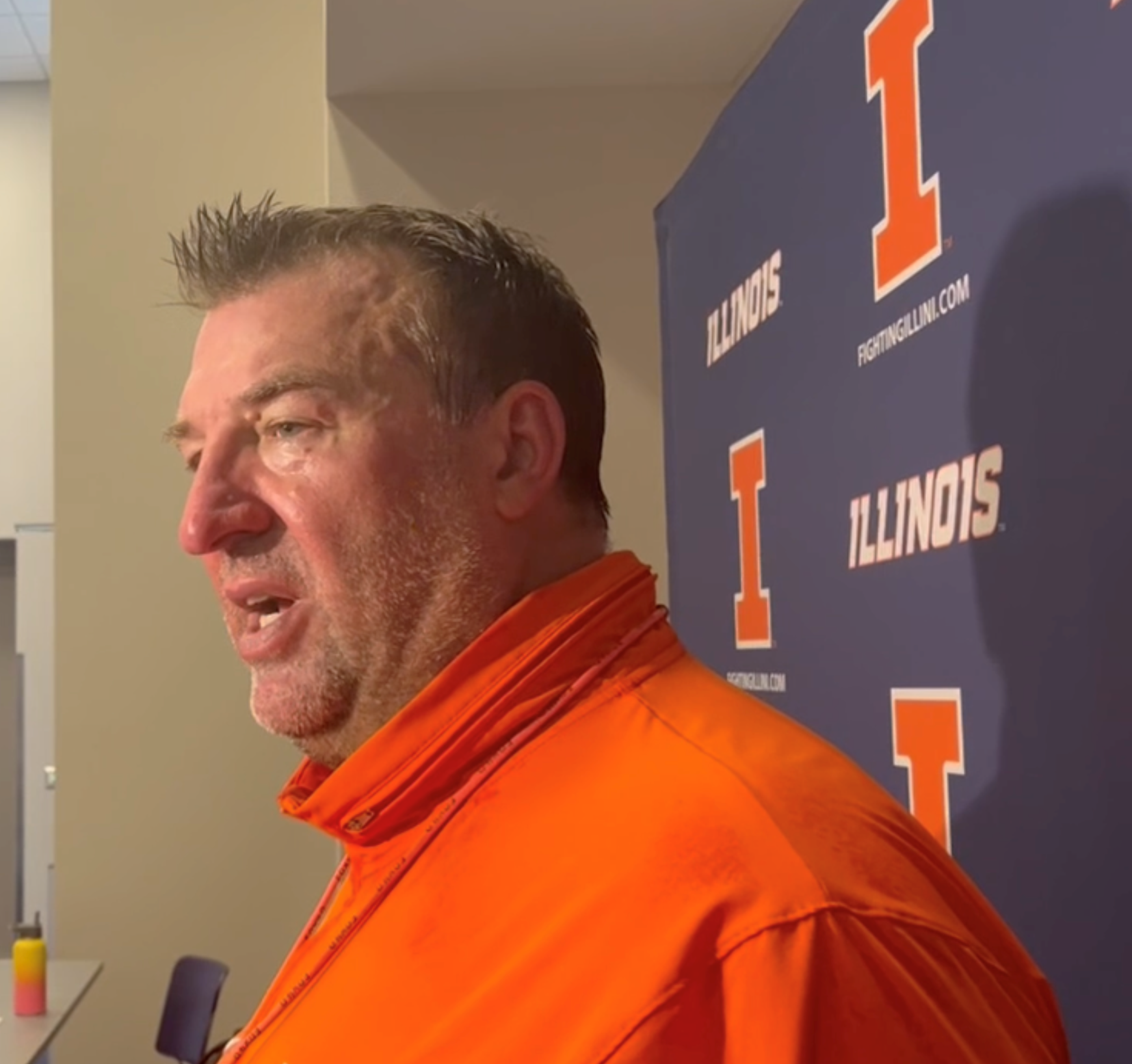The complicated, frustrating and often murky world of NIL (name, image and likeness) has touched every corner of college sports. From college football and basketball to gymnastics and softball, the landscape of college athletics drastically changed four years ago when the NCAA changed rules to allow student athletes to profit from NIL.
Names like Shedeur Sanders, Bronny James and Livvy Dunne topped the charts when it comes to NIL valuations in the past. In fact, we got a sense of how much money Cooper Flagg agreed to in NIL endorsements during his one year at Duke recently, as he’s expected to become the first overall pick in the 2025 NBA Draft. As the summer approaches, we’re one step closer to the 2025-26 academic year, and there’s a new crop of athletes topping the NIL charts.
Remember, NIL deals are not solely dependent on athletic performance on the field. Sanders, who had a reported $4.7 million valuation last year — the highest among college football players — was not a Heisman Trophy finalist and went on to be a fifth-round pick of the Cleveland Browns. Arch Manning, who had the second-highest reported NIL valuation heading into last year’s college football season at $3.8 million, had not started a college game before last season.
With that, here is a look at the top 25 college athletes with the highest NIL valuations heading into the 2025-26 academic year.
*NIL valuations are from On3.com, which calculates the optimized NIL opportunity for athletes relative to the overall NIL market and projects outcomes over the next 12 months.
1. Texas QB Arch Manning ($6.8 million)

Manning instantly became one of the most-valued athletes in college sports the moment he stepped foot on campus in Austin, Texas in 2023, holding a $3.8 million NIL valuation at the time. Manning has reportedly inked deals or partnered with EA Sports, Red Bull, Uber and Vuori as he prepares for his first full season as Texas’ starting quarterback. While Manning is the highest-valued NIL athlete in college sports, he doesn’t take any money from Texas’ NIL collective, the Houston Chronicle previously reported.
Beck initially declared for the 2025 NFL Draft this offseason before surprisingly transferring to Miami. It was rumored that Beck received $3 to $4 million from Miami’s NIL collective to make the move to South Florida, moving on from Georgia after he helped the Bulldogs win the SEC title in 2024. According to On3, Beck has inked 11 deals and partnerships over his college career, with Chipotle, Beats By Dre and Powerade headlining the notable brands.
Following a standout freshman season, Smith shot up the board as one of the most valuable players in college sports. He was recently unveiled as a co-cover star athlete for “College Football 26,” adding to the list of notable endorsement deals he has secured. He has reported deals with American Eagle, Lululemon, Red Bull and Nintendo, among others. Smith also agreed to a local car dealership deal — which appeared to gift him a new Mercedes — in May.
4. BYU F AJ Dybantsa ($4.1 million)
Before he even steps on the court in Provo, Utah, Dybantsa is already one of the highest-valued players in college sports with reported deals with Nike and Red Bull. It was reported at the time of his commitment that he secured a deal worth around $7 million, giving one of the top prospects in the 2026 NBA Draft a significant payday.

Nussmeier opted to forgo early entry into the 2025 NFL Draft, making him one of the top prospects in 2026. Set to enter his second season as LSU’s starter, Nussmeier has multiple reported NIL deals and partnerships, including Powerade and EA Sports, among others.
Sellers was one of the SEC’s breakout stars in 2024, winning the conference’s Offensive Freshman of the Year Award. He has reportedly secured NIL deals with Collegiate Legends and Cheez-It, and another strong year could help him continue to climb this list.
Similar to Sellers, Lagway was also a breakout star in 2024. He went 6-1 in the seven starts he made as a true freshman, helping Florida turn its season around. He has reportedly earned an NIL deal with Nintendo since the end of the season, while Gatorade has featured him in a commercial, as he agreed to a deal with the iconic brand before his freshman year. Lagway certainly seems to be a candidate to be No. 1 on this list next year if Manning declares for the draft.
Klubnik, who FOX Sports lead college football analyst Joel Klatt recently named as his top quarterback for the 2025 season, is entering his third year as Clemson’s starter. He led the Tigers to an ACC title last season and reportedly has existing NIL deals with Rhoback and ONIT, among others.

Allar turned down early entry into the 2025 NFL Draft despite speculation he could be an early-round pick. According to On3, Allar hasn’t logged any new NIL deals since he helped Penn State reach the CFP last season. However, he reportedly has pre-existing deals with Bose and Frosted Flakes.
Leavitt only has a pair of reported NIL endorsement deals, agreeing to partnerships with Jones Ford Verde Valley and Cold Beers & Cheeseburgers, but he also agreed to a deal with Arizona State’s NIL collective in January, shutting down transfer rumors.
11. Michigan QB Bryce Underwood ($3 million)
After dealing with struggles at quarterback during the 2024 season, Michigan made Underwood a reported offer through its NIL collective worth $10.5 million over four years to get him to flip his commitment from LSU to the Wolverines. Underwood, ranked as the top quarterback recruit in the Class of 2025, wound up flipping his commitment to remain in his home state of Michigan.
Toppin has the highest NIL valuation among returning college basketball players this upcoming year. It was reported that Toppin is expected to earn $4 million in NIL after forgoing entry into the 2025 NBA Draft. Toppin won Big 12 Player of the Year and was named a second-team All-American after scoring 18.2 points per game in the 2024-25 season.
Duke landed Mensah in the transfer portal after he had a strong first season as Tulane’s starting quarterback (2,723 passing yards, 22 passing touchdowns, six interceptions) in 2024. It was reported that Mensah earned an $8 million deal from Duke’s NIL collective to transfer to the school in December 2024.
Mateer is also among the list of the most valuable college athletes after transferring from Washington State to Oklahoma this offseason. Klatt recently ranked him as his third-best quarterback for the 2025 season after he threw for 3,139 yards, 29 touchdowns and seven interceptions to go with 826 rushing yards and 15 rushing touchdowns.

The other co-cover star athlete of “College Football 26” is among the most valuable athletes in college sports for 2025-26. Williams emerged as one of the best receivers as a 17-year-old freshman in 2024, recording 865 receiving yards and eight receiving touchdowns. Williams also has a pretty diverse list of NIL endorsement deals as well, reportedly securing partnerships with Uber Eats, Hollister and Sally Hansen.
Hoover doesn’t have any listed NIL brand deals on On3 beyond the one he has with TCU’s NIL collective. However, after his strong 2024 season (3,949 yards, 27 touchdowns, 11 interceptions), he could’ve earned more this offseason. Tennessee offered Hoover roughly $1 million more in NIL money than what he’s currently receiving at TCU, which is at least seven figures, The Fort Worth Star-Telegram reported in April.
17. Ohio State S Caleb Downs ($2.4 million)
Ohio State has two of the highest-valued non-quarterbacks in college football entering the 2025 season. Downs, who is arguably the best defensive player in the nation (81 total tackles, two interceptions in 2024), has a few reported NIL brand deals, highlighted by partnerships with Panini, Beats by Dre and American Eagle. He also signed an NIL deal with Ohio State’s collective, The Foundation, when he transferred from Alabama following Nick Saban’s retirement in 2024.
Bailey doesn’t have any known NIL deals with brands, but he signed a new deal with NC State’s collective, One Pack, in December 2024 to remain in Raleigh, North Carolina. That deal helped ensure Bailey wouldn’t transfer after he scored 22 total touchdowns to go with 2,413 passing yards as a true freshman in 2024.

Following a wild recruiting process that saw him commit to two schools before landing at Nebraska in 2024, Raiola has earned a few NIL deals with notable brands. He reportedly signed a deal with Panini right after he committed to Nebraska in December 2023, before signing a deal with Campus Ink early in his freshman season. He reportedly signed an endorsement deal with Adidas in April, following in the footsteps of his idol, Patrick Mahomes. He also has a deal with Nebraska’s NIL collective, 1890.
Lendeborg announced he was transferring from UAB to Michigan in April, but he wasn’t fully committed to the Wolverines until he removed his name from the 2025 NBA Draft in May. The top-ranked player in the transfer portal this offseason by 247 Sports, Lendeborg received an NIL package believed to be in the neighborhood of $3 million to return to school, CBS Sports previously reported. Lendeborg was viewed as a potential first-round pick prior to his decision to remove his name from the 2025 NBA Draft, as he was named first-team All-AAC the past two seasons.
Green earned a few endorsement deals with local companies during his time at Boise State before he transferred to Arkansas ahead of the 2024 season. After transferring, he reportedly signed a deal with the school’s NIL collective, Arkansas Edge. It’s unclear how much that deal is worth, but the collective helped Green land an endorsement deal with a local car dealership in 2024, which landed him a Ram 1500 truck.
Similar to Lendeborg, Fland was one of the top players in the transfer portal this offseason but also declared for the 2025 NBA Draft. He removed his name from the draft in May, while simultaneously announcing his transfer from Arkansas to Florida. The defending champion’s NIL collective reportedly gave Fland a package worth over $2 million, according to CBS Sports.
Dent, who won Mountain West Player of the Year at New Mexico this past season, reportedly received a $3 million NIL deal to transfer to UCLA in March, according to The Santa Fe New Mexican. He received $2 million of that deal up front, while he’ll earn the other $1 million during the 2025-26 season.
Iameleava arguably became the face of the NIL debate this offseason. He transferred out of Tennessee after the program reportedly denied his request for a pay raise from its NIL collective, seeking $4 million annually. He wound up at UCLA, agreeing to an NIL deal rumored to be in the $1.5 million range, according to Front Office Sports. That’s actually a pay decrease from what he was getting at Tennessee, as he was set to earn $2.4 million from the Vols’ collective in 2025, per ESPN. Iamaleava was also one of 11 college football players to sign a deal with Beats by Dre ahead of the 2024 season.
Arnold was among the handful of quarterback transfers who reportedly earned a multi-million-dollar payday this offseason. It has been rumored that Arnold received a deal worth at least $2 million to transfer from Oklahoma, which got a laugh out of former Alabama quarterback AJ McCarron. Arnold finished the year with 1,421 passing yards, 12 passing touchdowns, three interceptions, 444 rushing yards and three rushing scores.
Want great stories delivered right to your inbox? Create or log in to your FOX Sports account, follow leagues, teams and players to receive a personalized newsletter daily.
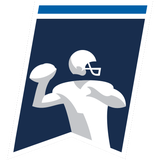
Get more from College Football Follow your favorites to get information about games, news and more



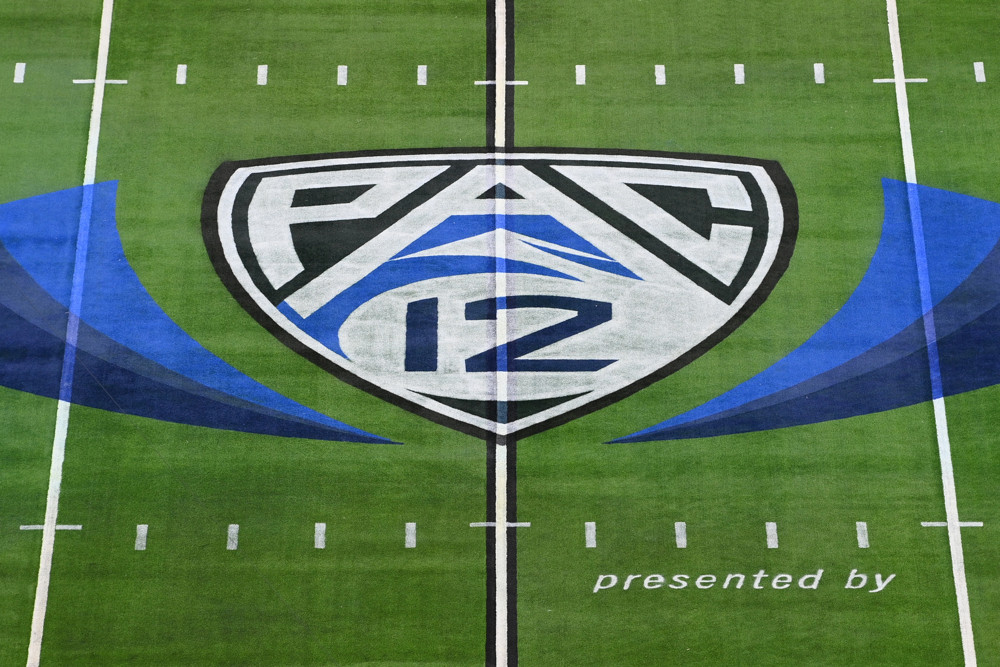

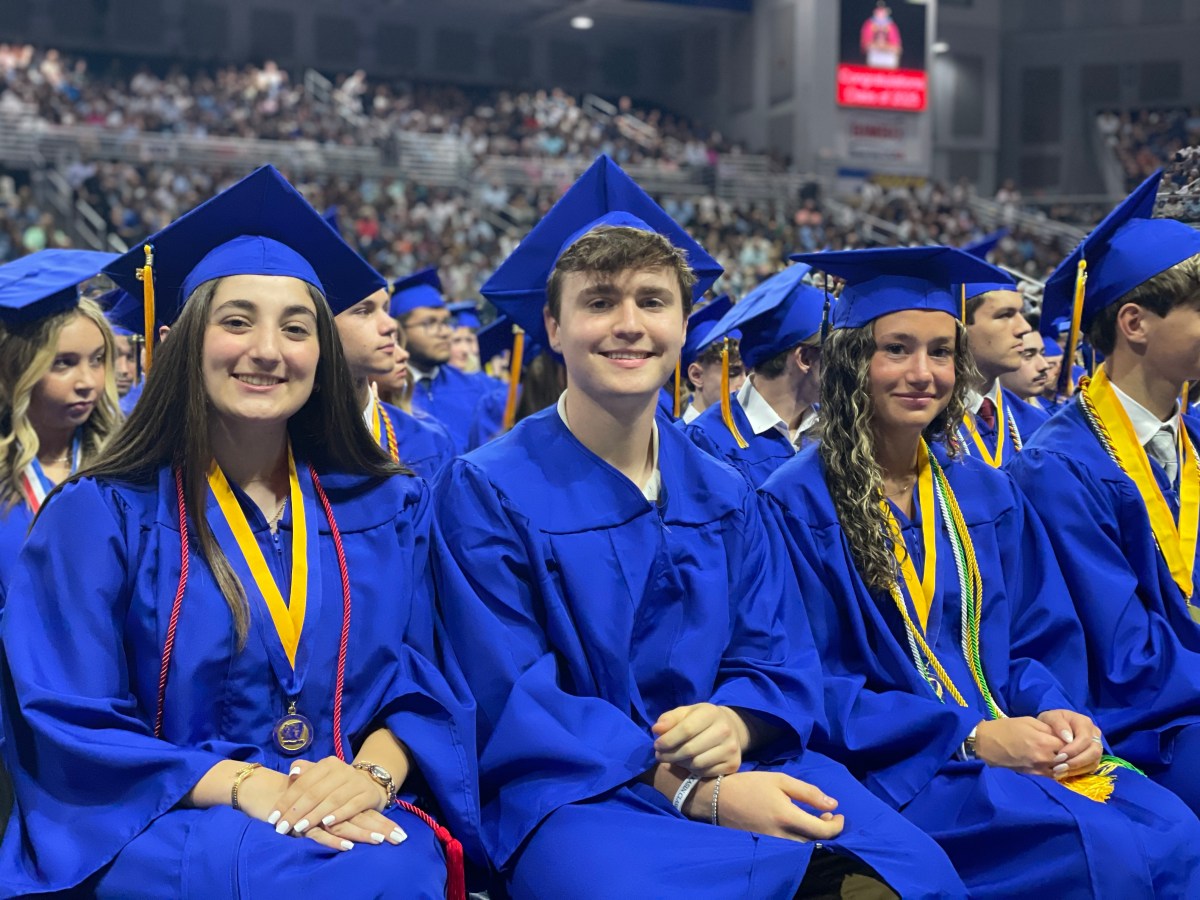
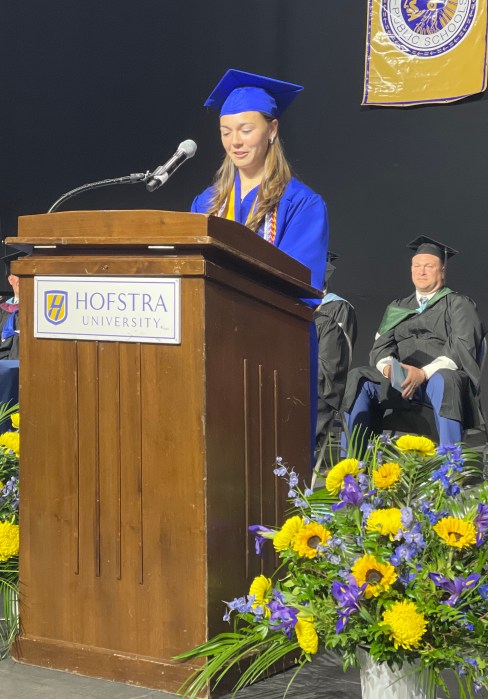


:no_upscale()/cdn.vox-cdn.com/uploads/chorus_asset/file/26031384/Screenshot_2025_06_18_at_3.43.11_PM.png)

